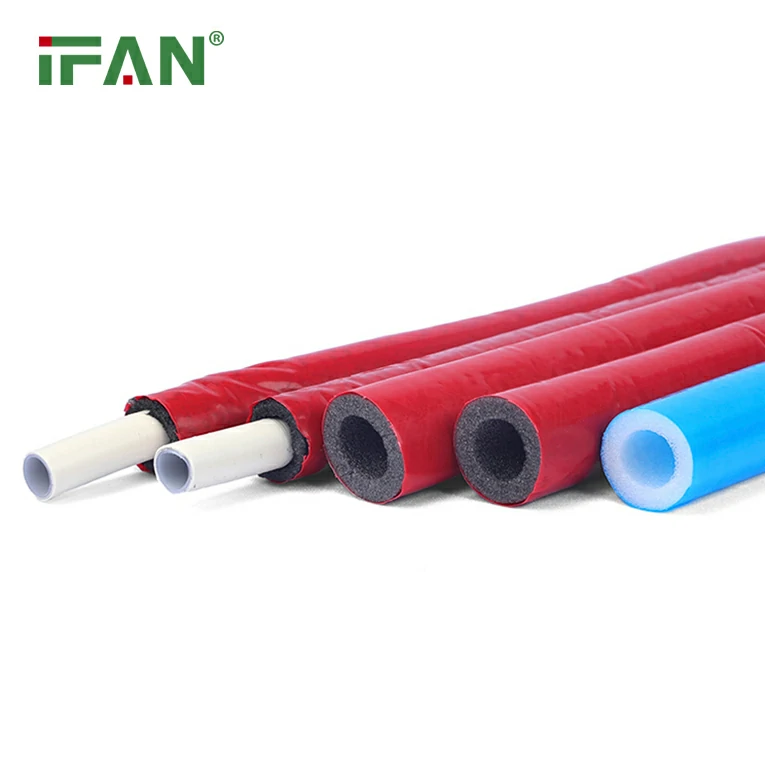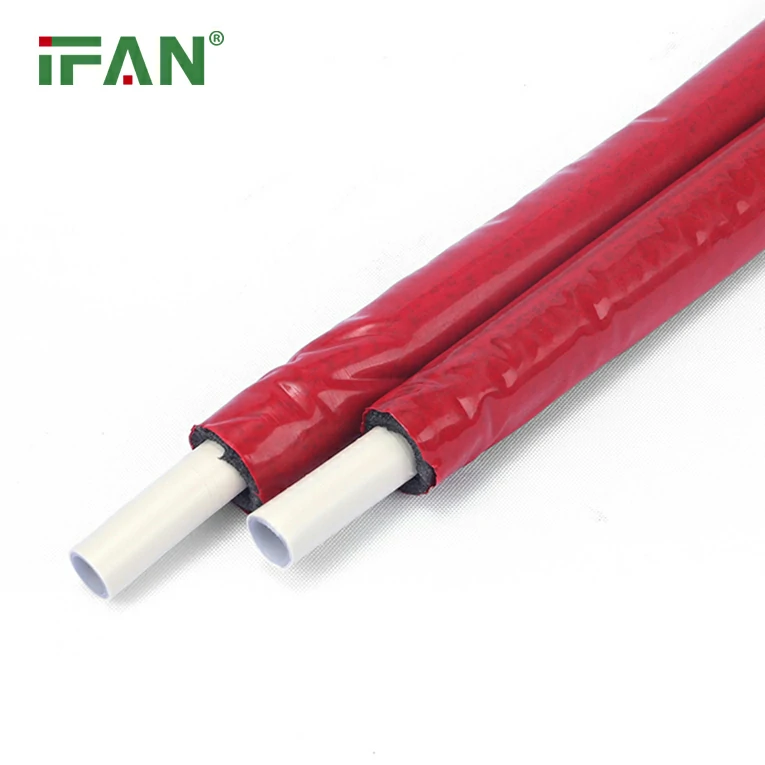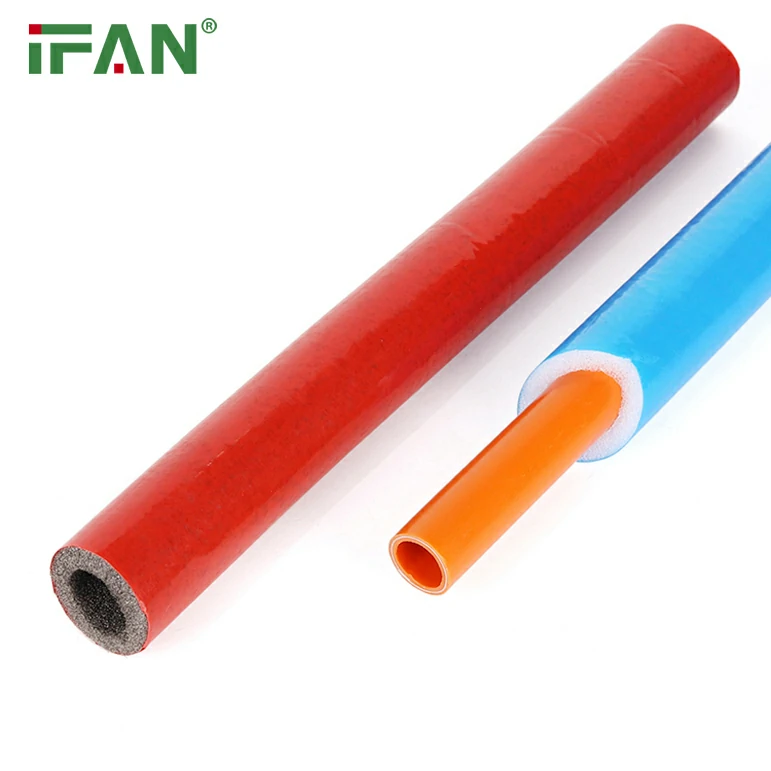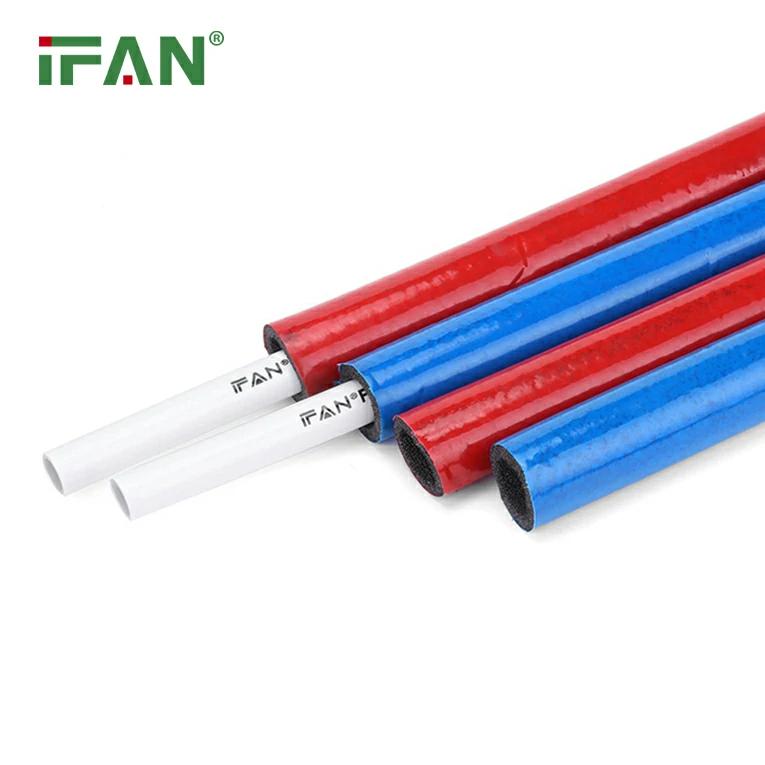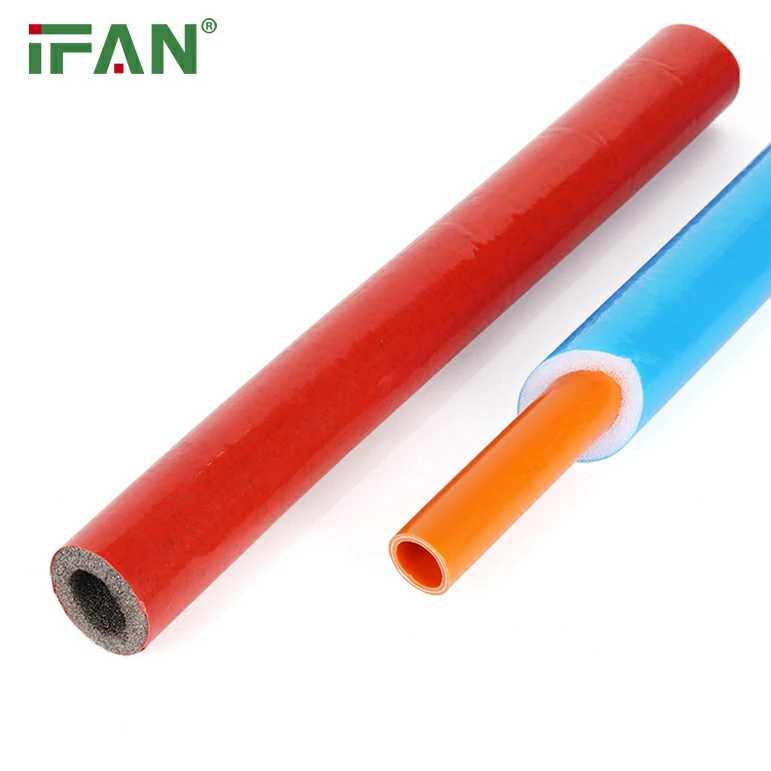IFAN factory 30+ years manufacture experience support color /size customization support free sample.Welcome to consult for catalog and free samples.This is our Facebook Website:www.facebook.com,Click to watch IFAN’s product video.Compared with Tomex products, our IFAN products from quality to price are your best choice, welcome to buy!
In the world of plumbing, choosing the right materials for your pipes and fittings is crucial to ensure a reliable, durable, and efficient system. Among the many options available, PPR fittings (Polypropylene Random Copolymer) have emerged as a popular choice for both residential and commercial plumbing systems. However, it’s essential to compare PPR fittings with other commonly used plumbing materials to understand their advantages and drawbacks. This article will explore PPR fittings vs. other plumbing materials, comparing them in terms of durability, cost-effectiveness, ease of installation, environmental impact, and more.
What Are PPR Fittings?
PPR fittings are made from a thermoplastic polymer called Polypropylene Random Copolymer, known for its excellent resistance to heat, corrosion, and chemicals. These fittings are widely used in hot and cold water systems, providing leak-free connections that are strong and durable. PPR fittings are commonly used with PPR pipes to create a robust plumbing system that can withstand high temperatures and pressure without degradation.
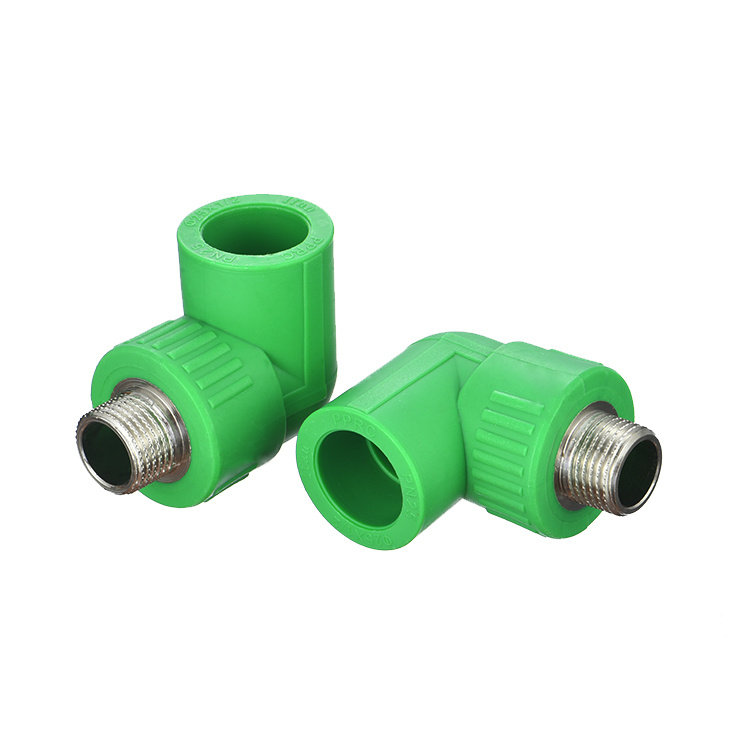
PPR Fittings vs. Copper Fittings
Copper pipes and fittings have been a traditional choice for plumbing systems for decades. Copper is known for its strength, corrosion resistance, and ability to handle high temperatures, but how does it compare to PPR fittings?
Durability and Corrosion Resistance
Copper is prone to corrosion over time, especially in areas with hard water or aggressive water conditions. As the copper pipes age, they can develop leaks or suffer from corrosion, which can affect water quality. On the other hand, PPR fittings are highly resistant to corrosion and do not rust or degrade with exposure to water. This makes PPR fittings an excellent option for plumbing systems that require long-lasting, maintenance-free solutions.
Cost-Effectiveness
Copper fittings are generally more expensive than PPR fittings due to the high cost of copper material and manufacturing. The initial investment for a copper plumbing system can be substantial, making it less cost-effective compared to PPR systems. PPR fittings, while slightly higher in initial costs compared to some other materials like PVC, offer a much more affordable and cost-effective long-term solution due to their longevity and low maintenance requirements.
Installation Ease
Copper fittings require specialized skills and tools for installation, as they need to be soldered, which can be time-consuming and require precision. PPR fittings, on the other hand, are relatively easy to install, as they use heat fusion to create secure, leak-proof joints. The installation process is faster and does not require advanced skills or equipment, which significantly reduces labor costs.
PPR Fittings vs. PVC Fittings
PVC (Polyvinyl Chloride) is another popular material used for plumbing, especially in cold water systems. But how do PPR fittings compare to PVC fittings in various aspects?
Temperature Resistance
PVC fittings are not suitable for hot water systems, as they can warp or crack under high temperatures. PPR fittings, however, are designed to withstand temperatures up to 95°C (203°F), making them an excellent choice for both hot and cold water applications. This makes PPR fittings more versatile and capable of handling the demands of residential and commercial plumbing systems.
Strength and Durability
While PVC is lightweight and easy to work with, it is more prone to cracking and breaking under stress or pressure. PPR fittings, by comparison, are stronger and more durable. They are highly resistant to impacts, UV radiation, and chemicals, which makes them suitable for both indoor and outdoor installations.
Environmental Impact
Both PVC and PPR fittings are made from synthetic materials, but PPR fittings have an edge when it comes to environmental impact. PPR is 100% recyclable, reducing the environmental footprint compared to PVC, which is less environmentally friendly. Additionally, PPR fittings do not release harmful chemicals into the water, ensuring that the water supply remains safe and clean.
PPR Fittings vs. Galvanized Steel Fittings
Galvanized steel was once a common material used for plumbing, particularly in older homes and buildings. However, it has fallen out of favor due to several significant drawbacks compared to PPR fittings.
Corrosion Resistance
Galvanized steel fittings are coated with a layer of zinc to prevent rusting, but over time, this coating wears off, and the steel beneath can corrode. This corrosion leads to leaks and can affect water quality. In contrast, PPR fittings are immune to rust and corrosion, ensuring a longer-lasting and more reliable plumbing system.
Weight and Installation
Galvanized steel fittings are much heavier than PPR fittings, which makes them more difficult to handle and install. They also require specialized tools for cutting and threading. PPR fittings, on the other hand, are lightweight, easy to handle, and require minimal tools for installation, which makes them a more practical option for both residential and commercial plumbing systems.
Maintenance
Galvanized steel pipes and fittings require regular maintenance to check for corrosion or rust buildup, which can lead to blockages or leaks. PPR fittings, with their corrosion resistance and durable construction, require minimal maintenance, making them a more hassle-free and low-maintenance choice.
PPR Fittings vs. Brass Fittings
Brass fittings are commonly used in various plumbing applications due to their strength and resistance to corrosion. But how do PPR fittings compare with brass fittings?
Cost Comparison
Brass fittings are often more expensive than PPR fittings due to the cost of the brass material and the manufacturing process. PPR fittings, being made from polypropylene, are more affordable and cost-effective, offering a more budget-friendly solution for homeowners and businesses.
Corrosion Resistance
Brass fittings are resistant to corrosion, but they are not entirely immune, especially in environments with high moisture or exposure to harsh chemicals. PPR fittings have superior resistance to corrosion and chemical degradation, ensuring a longer lifespan and better performance in challenging water conditions.
Weight and Handling
Brass fittings are heavier and can be more cumbersome to install than PPR fittings, which are lightweight and easy to handle. This makes PPR fittings more convenient for both small-scale and large-scale plumbing projects.
Why PPR Fittings Are Ideal for Plumbing
PPR fittings have several advantages over other plumbing materials, including their corrosion resistance, high temperature tolerance, ease of installation, and cost-effectiveness. They are durable, long-lasting, and eco-friendly, making them the perfect choice for modern plumbing systems. Their lightweight nature, combined with their excellent performance in both hot and cold water systems, makes PPR fittings a reliable and versatile option for a wide range of applications.
FAQs About PPR Fittings
1. What is the maximum temperature that PPR fittings can handle?
PPR fittings can withstand temperatures up to 95°C (203°F), making them suitable for hot water applications.
2. Are PPR fittings resistant to corrosion?
Yes, PPR fittings are highly resistant to corrosion and do not rust, which ensures a longer lifespan and better performance over time.
3. Can PPR fittings be used for both hot and cold water systems?
Yes, PPR fittings are ideal for both hot and cold water systems due to their excellent temperature resistance.
4. How long do PPR fittings last?
When properly installed, PPR fittings can last for 50 years or more, providing a durable and long-lasting solution for plumbing systems.
5. Are PPR fittings easy to install?
Yes, PPR fittings are easy to install using a heat fusion process that creates strong, leak-proof joints, reducing installation time and labor costs.
In conclusion, when comparing PPR fittings to other plumbing materials like copper, PVC, galvanized steel, and brass, it’s clear that PPR fittings offer a wide range of benefits, including durability, cost-effectiveness, and ease of installation. Whether you’re installing a new plumbing system or upgrading an existing one, PPR fittings provide a reliable, long-lasting solution that will serve you for years to come.

